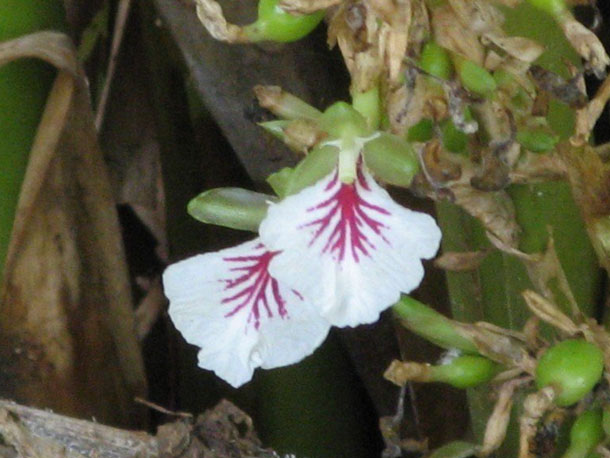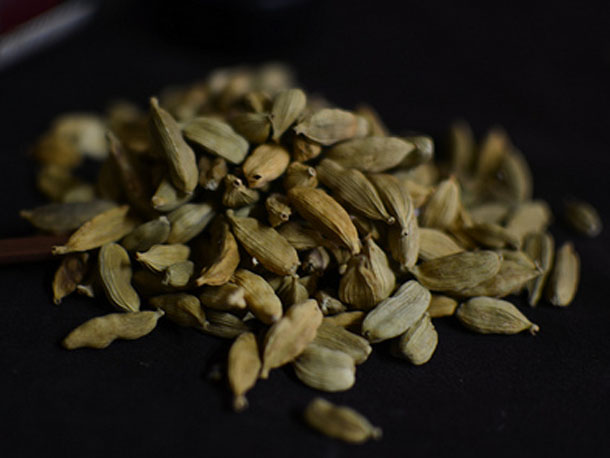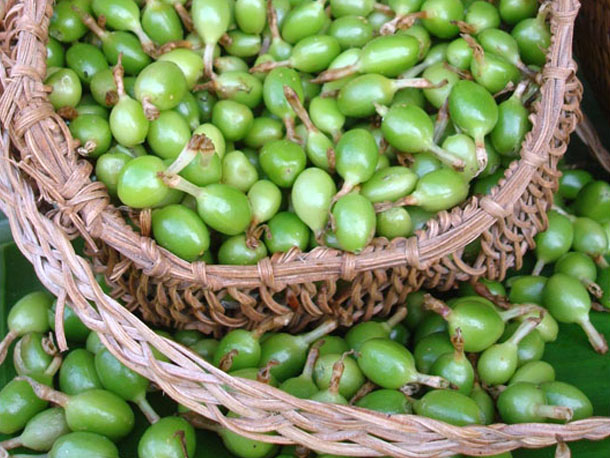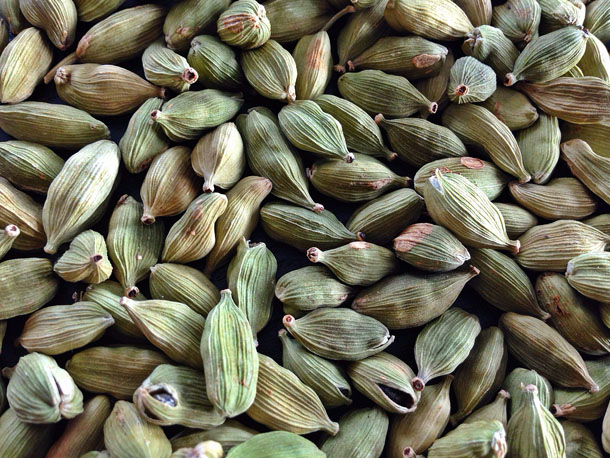India researches rival’s strategy for cardamom

A TEAM from the Indian Spices Board was scheduled to visit Guatemala this week to assess the country’s farming practices and marketing strategies.
Guatemala is the world’s largest producer and exporter of cardamom, while India consumes most of the cardamom it produces domestically and is unable to compete with Guatemala on price.
The Indian team is particularly interested in learning how Guatemala manages to export such large quantities of cardamom to the Middle East. Guatemala is also a major producer of pimento.
The two-member spices board team, comprising an economist and a scientist, will conduct an in depth study of all aspects of the Guatemalan spices sector. The Spices Board made a similar visit in 2002.
According to members of the 2002 delegation, Guatemala has advantages in terms of its plantations. Minimal use of inputs and closed cultivation give it the advantages of higher returns.
However, they added that Indian cardamom had the advantage of superior quality based on weight, bulk density, seed-to-husk ratio, circumference and lengths owing to better post-harvesting practices.
The Spices Board’s visit to Guatemala is expected to be followed by a visit from a Guatemalan delegation to India. Trade sources said that better co-ordination between the two countries could help them improve cultivation and marketing.
The Spices Board has already authorised a study of the cardamom market in the Middle East. The board is said to be studying the report and plans to initiate marketing plans soon.
Guatemala exported 31,643 tonnes of cardamoms in 2005, compared with India’s 1,971 tonnes.
Of these Guatemalan exports, 10,956 tonnes went to Saudi Arabia, 3,419 tonnes to Jordan, 3,229 tonnes to the United Arab Emirates and 2,614 tonnes to Syria.
India’s exports mostly went to Pakistan, Saudi Arabia, Japan and the United Arab Emirates.





